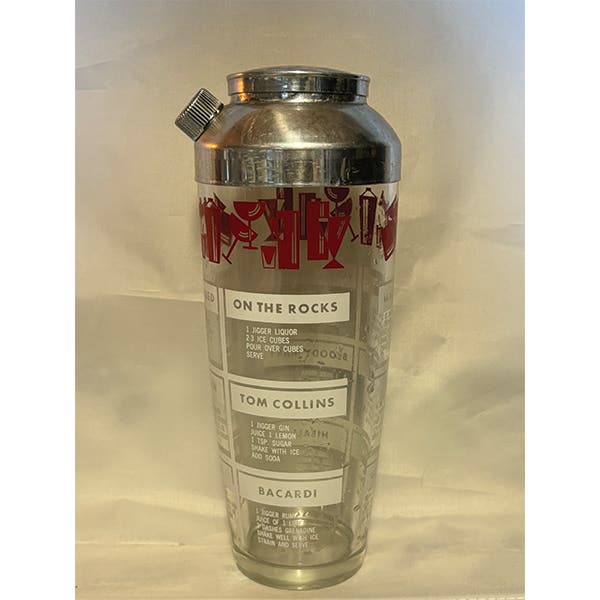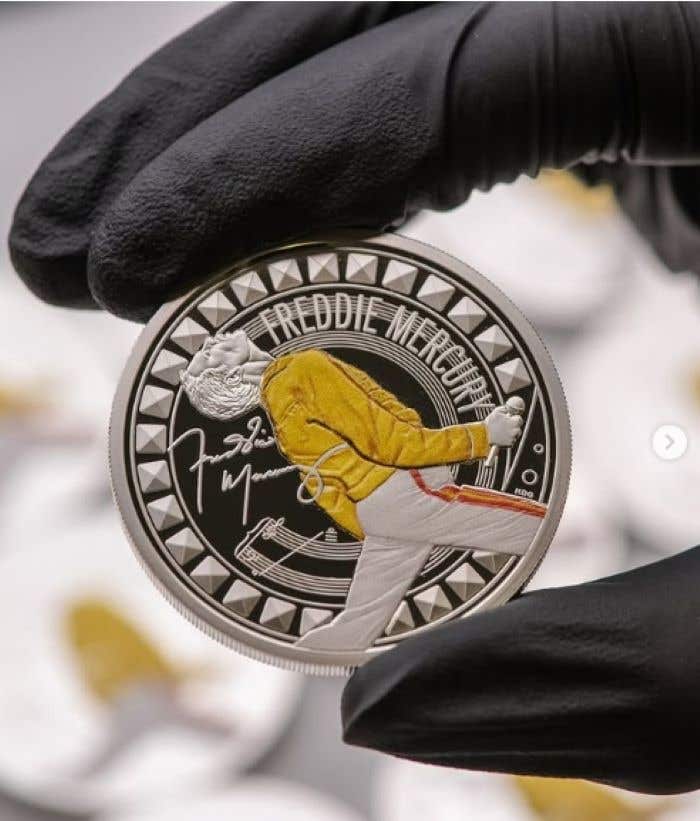Teague’s Bluebird Takes Flight Again with Good News for a Reader
This 1934 Sparton radio, a gleaming symbol of Depression-era optimism, remains one of the most coveted Art Deco designs ever produced.
QUESTION: Hi Dr. Cavo, My dad purchased this radio at an antique auction years ago. He is currently in assisted living and is interested in selling it. It's designed by Walter Dorwin Teague (1883-1960) and manufactured by the Sparks-Withington Company in Jackson, Michigan. It's a Sparton Bluebird radio, Model 566, 1934. I am attaching photos of the item, and any information would be greatly appreciated.
RESPONSE:
This is exactly the type of item we love to see; it made my heart skip a beat. It is, as you report, a Sparton Bluebird radio, Model 566, from 1934, made by the Sparks-Withington Company. The streamlined design of your radio was the quintessence of modern American innovation seen during the 1930s. The blue mirrored glass and chromium-plated metal are the epitome of Art Deco design. The radio was advertised as the “radio's richest voice,” and, in the midst of the Great Depression, sold for $39.95 – today’s equivalent of $953.43. The Bluebird radio is impressive; it measures 14 ¾” side-to-side X 14 5/8” top-to-bottom X 6” deep; a peach-colored model was made in 1936.
The Sparton Corporation began as the Withington Company in 1900 in Jackson, Michigan, founded by Philip and Winthrop Withington. William Sparks joined soon after, prompting a name change to Sparks-Withington Company. Initially producing steel parts for agricultural equipment, the company shifted to automotive components—such as hub caps, brake drums, and radiator fans—as Michigan’s auto industry grew. The trade name “Sparton,” a contraction of Sparks-Withington, was adopted during this period.
In 1911, Sparks-Withington engineers developed the first all-electric car horn, which quickly became the automotive industry standard, replacing bulb horns. The company continued to innovate, introducing the nation’s first all-electric radio in 1926. Despite the Great Depression, Sparks-Withington expanded its operations and product lines.
In 1956, the company officially became Sparton Corporation and exited the radio and television business to focus on defense and industrial electronics, particularly sonobuoys for the U.S. Navy. Today, Sparton remains a leader in advanced products for aerospace, defense, medical, and other industries.
In 2008, Cordier Auctions sold a Sparton Bluebird Model 566 for $2,250. In 2019, Sotheby’s achieved a sale price of $8,125 for another example. A later, non-working 1936 model sold for $2,500 in March 2025. Today, a 1934 Bluebird in working condition typically sells for $2,500 to $3,000.
Our guest appraiser is Dr. Anthony Cavo, a certified appraiser of art and antiques and a contributing editor to Kovels Antique Trader. Cavo is also the author of Love Immortal: Antique Photographs and Stories of Dogs and Their People.
You may also like:
Dr. Anthony J. Cavo is an honors graduate of the Asheford Institute of Antiques and a graduate of Reisch College of Auctioneering. He has extensive experience in the field of buying and selling antiques and collectibles. Cavo is also the author of Love Immortal: Antique Photographs and Stories of Dogs and Their People.








